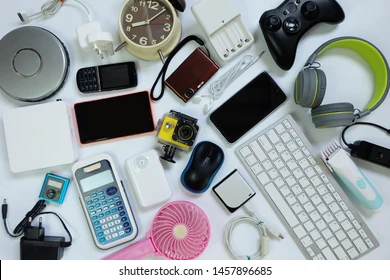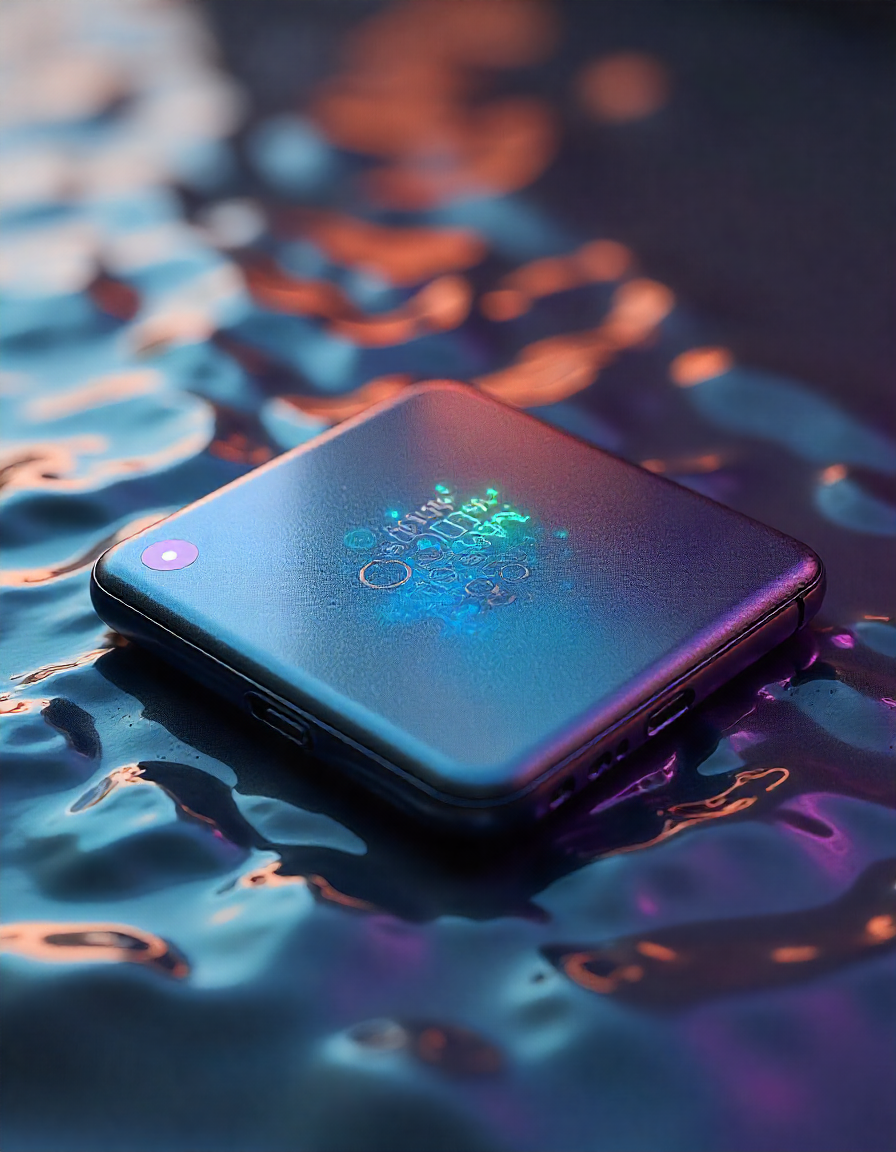The smartphone industry has seen remarkable innovation in the last decade—from bezel-less displays and high-resolution cameras to AI-powered software and ultra-fast processors. Among the most recent and debated innovations is the advent of foldable phones. With brands like Samsung, Huawei, and Motorola leading the way, foldable smartphones have entered the mainstream market. But do they truly offer a superior experience compared to traditional smartphones? This article explores the pros and cons of foldable phones versus traditional smartphones to help determine which is better for different types of users.
Design and Portability
Foldable Phones:
Foldable phones offer a unique and futuristic design. Devices like the Samsung Galaxy Z Fold and Z Flip combine the portability of a phone with the utility of a tablet. When folded, they fit comfortably in the pocket. When unfolded, they provide a larger screen for browsing, gaming, and multitasking. This hybrid form factor is ideal for users who want more screen space without carrying multiple devices.
Traditional Smartphones:
Traditional smartphones have a fixed form factor, typically with a rectangular slab design. While less novel, their slim, single-display body is tried-and-tested, reliable, and often more compact than foldables in their open state. For users who value simplicity and minimalism, the traditional design may still reign supreme.
Durability and Build Quality
Foldable Phones:
Despite improvements in recent years, foldable phones are generally more fragile. The hinge mechanism and flexible displays are more prone to wear and tear, dust damage, and even screen creasing. Protective cases are also more limited and expensive. That said, newer models have significantly improved water resistance and hinge strength.
Traditional Smartphones:
Traditional phones are typically more durable. Their rigid bodies are easier to protect with standard cases, and their glass screens are less complex and easier to replace. They’re better suited for users who prioritize ruggedness or use their devices in tough environments.
Display Experience
Foldable Phones:
Foldable phones truly shine in display experience. They provide a much larger viewing area, perfect for watching videos, gaming, reading, or multitasking with multiple apps. The inner display is often AMOLED with high refresh rates, offering a cinematic feel in your palm.
Traditional Smartphones:
Traditional phones offer a great display experience too—especially with flagship models that boast high-resolution OLED panels and excellent color accuracy. However, they can’t match the screen real estate of a foldable. For most users, the traditional display is more than adequate for everyday use.
Performance and Battery Life
Foldable Phones:
Most foldable phones come with high-end processors, making them powerful multitasking machines. However, the larger screens demand more battery, and due to space constraints, batteries are often split and sometimes smaller in capacity compared to traditional phones. While software optimizations help, foldables generally have shorter battery life.
Traditional Smartphones:
Traditional phones are better optimized for performance and battery efficiency. With fewer moving parts and a more mature software ecosystem, they often last longer on a single charge. Gamers and power users may prefer traditional models for their consistent performance and thermal management.
Camera Quality
Foldable Phones:
Camera setups on foldable phones have improved but often don’t match the performance of top-tier traditional smartphones. Due to design constraints, camera sensors and lenses are sometimes smaller or fewer in number. However, the ability to use the main camera for selfies (thanks to foldable design) is a unique advantage.
Traditional Smartphones:
Flagship traditional smartphones like the iPhone 15 Pro, Samsung Galaxy S24 Ultra, and Google Pixel 8 Pro offer cutting-edge camera technology. With larger sensors, better zoom capabilities, and more advanced image processing, traditional phones still lead in photography and videography.
Price and Availability
Foldable Phones:
Foldables are generally expensive. Their innovative design and complex engineering come at a high cost. While prices are gradually dropping, they still cater mostly to early adopters and tech enthusiasts. Repair costs are also higher due to specialized parts.
Traditional Smartphones:
Traditional phones come in a wide price range—from budget-friendly models to high-end flagships. They offer better value for money and are widely available with more financing and carrier options. For most users, traditional smartphones are the more practical and cost-effective choice.
Conclusion: Which is Better?
There is no definitive winner—what’s “better” depends on the user’s needs.
-
Choose a foldable phone if you value innovation, multitasking, and a large display in a portable form. They’re perfect for professionals, tech enthusiasts, and people who consume a lot of media on the go.
-
Choose a traditional smartphone if you prefer reliability, affordability, durability, and consistent performance. They’re ideal for students, budget-conscious buyers, and anyone who wants a dependable everyday device.
In the end, foldable phones are pushing the boundaries of what’s possible, but traditional smartphones remain the go-to for most consumers. The good news? With technology evolving rapidly, the gap between the two continues to narrow—bringing us closer to a future where we may not have to choose at all.


